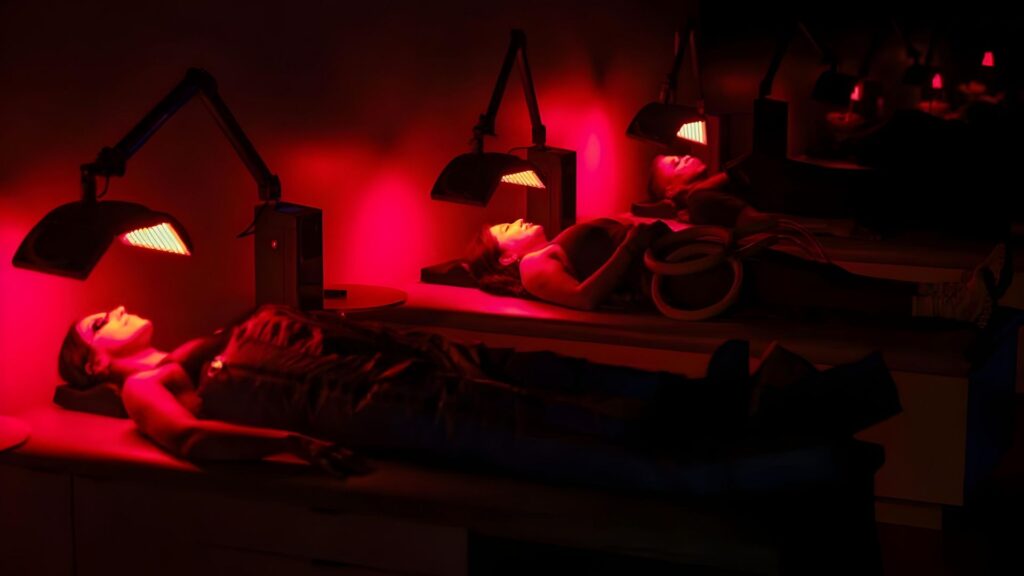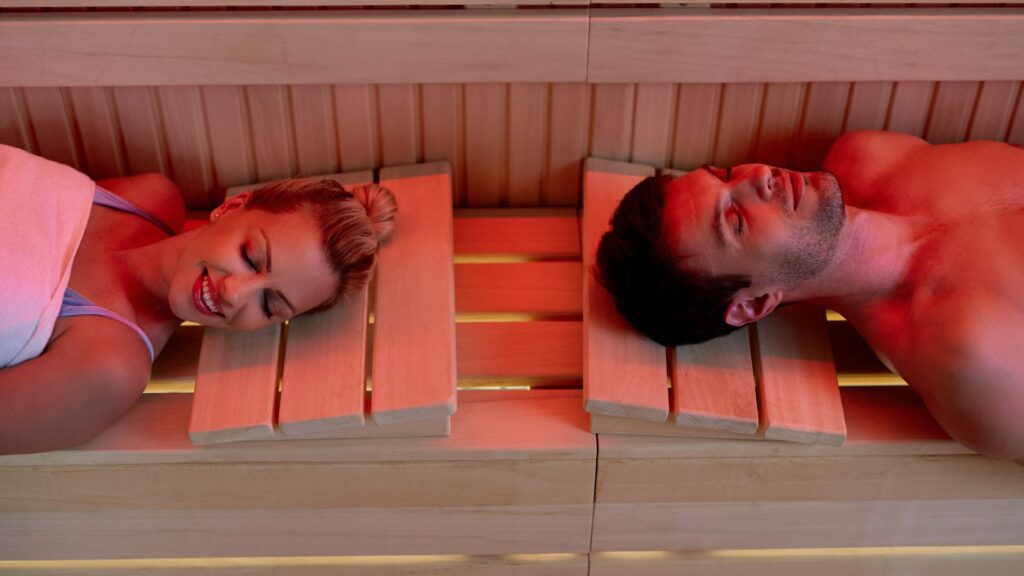Red light therapy has rapidly gained popularity as a non-invasive solution for everything from skin rejuvenation to muscle recovery. But as more consumers seek affordable options, many are turning to red light beds manufactured in China. This has raised an important question about whether these imported devices are truly safe and effective.
In this article, we’ll examine the safety profile, efficacy, and key concerns around Chinese red light therapy beds to help you make an informed decision.

Understanding Red Light Therapy
Red light therapy, also known as photobiomodulation therapy (PBMT), is a non-invasive treatment that uses low-level wavelengths of red and near-infrared light to stimulate biological processes in the body. It penetrates the skin and interacts to promote healing, reduce inflammation, and support collagen production.
This is widely recognized for its therapeutic benefits in improving skin conditions, reducing fine lines and wrinkles, supporting muscle recovery, and enhancing overall cellular function. These devices come in various forms: handheld units, face masks, red light therapy panels, and full-body beds designed for comprehensive exposure.
Among these, full-body red light beds offer a more advanced and uniform treatment experience, particularly when developed by manufacturers with a track record of engineering medically sound, research-backed wellness technologies that meet strict safety and performance standards.
How Safe Are Light Therapy Devices?
When manufactured to meet proper safety standards, red light therapy is considered safe for most users. In fact, many of these devices are FDA-cleared and clinically tested for low-level laser. However, the safety and effectiveness of these devices largely depend on several technical factors:
- Wavelength of light: Wavelengths between 630 nm and 850 nm are typically used in red and near-infrared light therapies due to their depth of penetration into the layers of the skin.
- Irradiance: This measures the power output of the heat per area and is used to determine how much energy is being delivered.
- Duration and frequency: Overuse or misuse may lead to skin damage or other side effects.
Devices should also be designed with proper eye protection and built-in timers to ensure safe use. When these safety protocols are followed, the benefits of LED light therapy are generally considered safe and effective.
Concerns with Red Light Therapy Devices from China
Many red light beds manufactured in China are significantly more affordable, but this price point often comes at a cost. Some products may not adhere to IEC guidelines or lack sufficient third-party testing to verify safety claims. There are several concerns worth noting:
- Inconsistent irradiance: Devices may emit incorrect wavelengths or provide weak or uneven energy, reducing efficacy and increasing the risk of overexposure.
- Quality of LEDs: Low-grade LED lights or poor manufacturing can result in heat buildup, radiation exposure, or early device failure.
- Lack of regulation: Some manufacturers do not comply with FDA-cleared standards or international certifications, which compromises user safety.
Purchasing devices from a reputable source is essential. Medical spa professionals and those planning to open a wellness practice should be especially cautious, as low-quality devices can compromise both treatment outcomes and client trust.

What to Look for When Evaluating Red Light Beds
When evaluating red light beds—especially those manufactured overseas—it’s essential to go beyond surface-level features and pricing. Prioritize devices that come with verifiable irradiance data, precise wavelength calibration, and compliance with international safety standards. Models that include robust safety testing, transparent documentation, and high-grade light-emitting components offer a more dependable experience.
While some imported models may be attractively priced, they often lack the rigorous quality control found in devices developed through more established design and testing protocols. Investing in systems that follow stricter manufacturing standards not only enhances therapeutic outcomes but also significantly reduces the risk of equipment failure or safety issues over time.
The Risks of Skipping Due Diligence in Red Light Purchases
Choosing the wrong red light therapy device can undermine the treatment’s potential benefits. Products with vague specifications or inconsistent light output may not deliver the correct wavelengths or irradiance necessary to penetrate the skin and trigger therapeutic responses. In some cases, these inconsistencies can even lead to skin irritation, ineffective results, or overheating issues.
This is why it’s crucial to verify the technical specs and origin of the device before making a purchase. Systems backed by transparent testing and clear documentation are more likely to provide consistent, safe, and effective treatment, particularly for users who rely on repeated low-level red-light therapy for skin conditions or long-term wellness goals.
Final Thoughts from INNERGY Dev
Red light therapy is a powerful wellness tool—but only when delivered safely and effectively. Devices that fail to meet consistent quality and irradiance standards can pose unnecessary risks, especially when sourced from unverified manufacturers overseas.
At INNERGY Dev, we offer a professional-grade light therapy bed designed to meet safety and performance standards. With transparent specs, verified wavelengths, and clinical-grade irradiance, our technology is built to support wellness professionals who prioritize safe, effective treatments and long-term client satisfaction.
